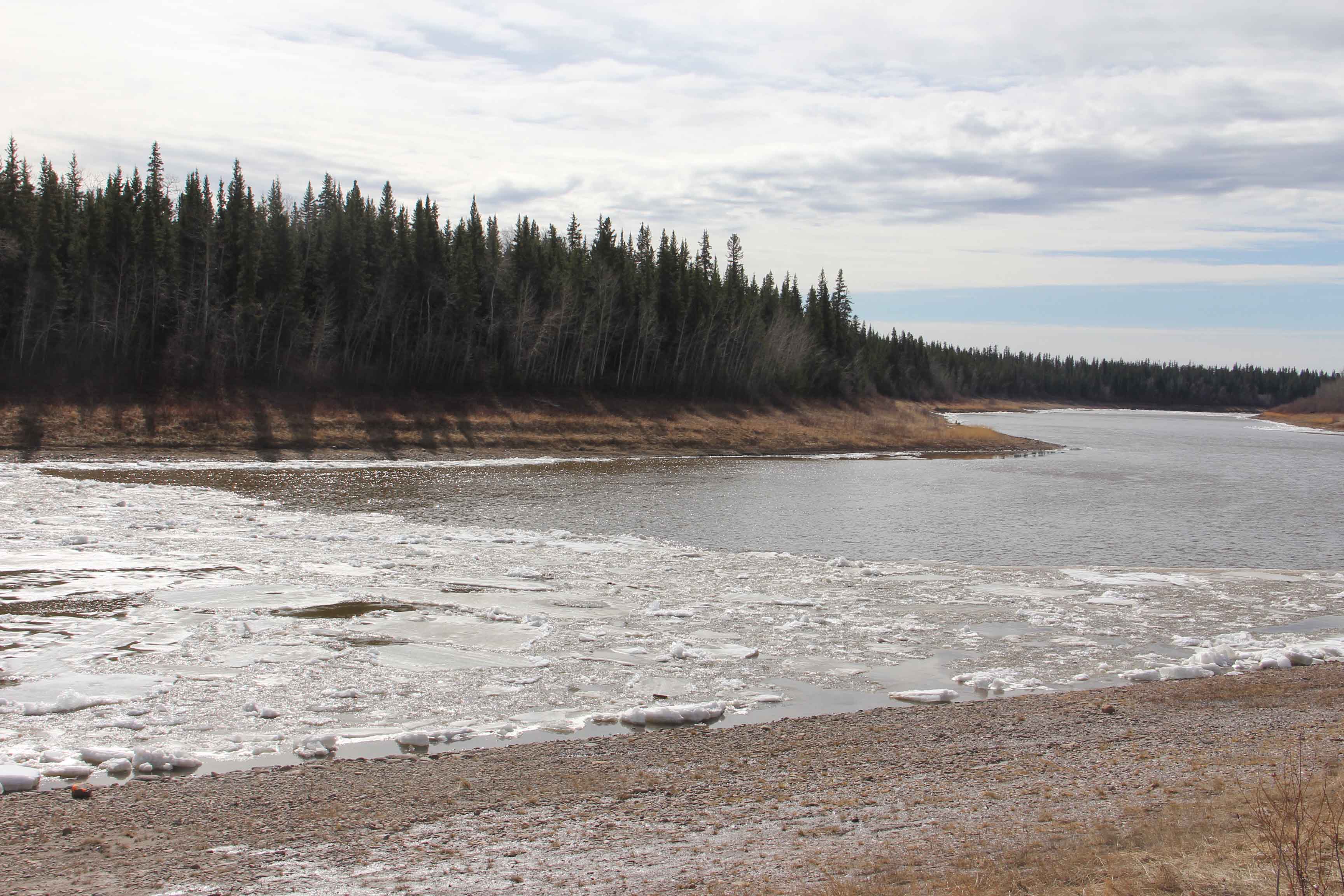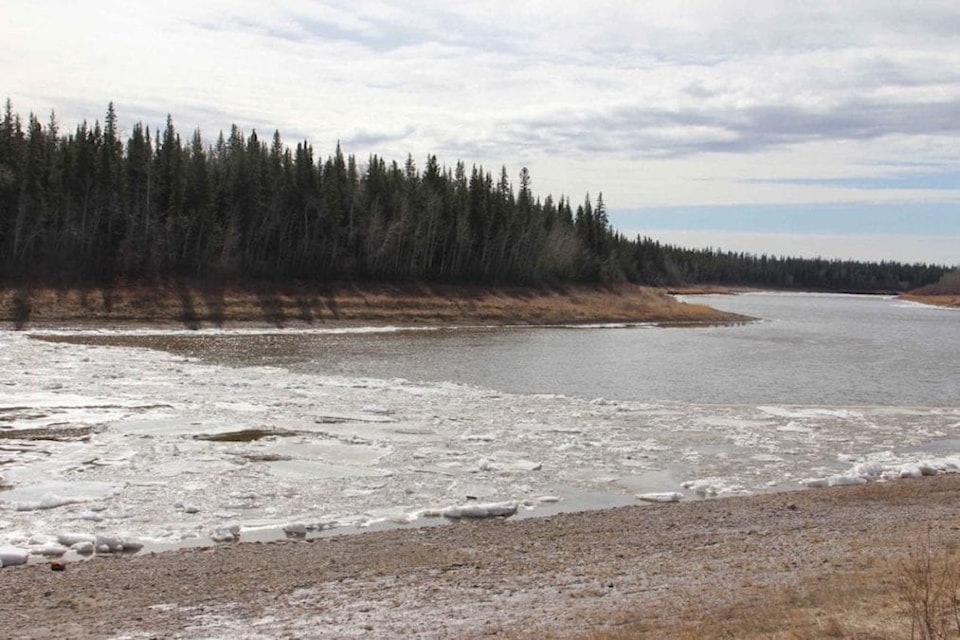
Paul Bickford/NNSL photo
The spring break-up of the Hay River happened on April 21, possibly the earliest ever.
At least it was the earliest every seen by Ross Potter, the director of protective services with the Town of Hay River and the community's fire chief.
Potter has been watching the river as a member of the Hay River Fire Department since 1977.
"I'm saying it occurred on April 21," he said of the break-up, explaining he judges it to have happened when the river is flowing out onto Great Slave Lake.
"In my records, it's the earliest we've ever seen it," he said. "But there may be other people keeping records that may have more information than mine do."
Potter said the previous earliest break-up he had ever seen was on April 25.
That was in 2011, and other early break-ups were on April 27 in 1987 and 1988, and on April 28 in 1992.
In what used to be normal years, the break-up is usually over by May 8.
Potter said this was also the "weirdest" spring break-up of the river that he has ever seen, because of the low water levels and how quickly everything happened.
As an example of that weirdness, he pointed to readings from monitors on Alexandra Falls on the Hay River, about 10 km south of Enterprise.
"We got up to about 290 cubic metres per second over the falls, and that was as high as it got," he said, noting there is only cause for worry when the volume of water going over the falls is more than 1,000 cubic metres a second.
Potter said the low water levels were likely due to low snowfall amounts in the Hay River watershed in both northern Alberta and the NWT.
"And we had really high temperatures in March, which started the melt-out," he said.
Speaking on April 24, Potter noted that the East Channel of the river was clear of ice and only a small amount remained on the far western side of the West Channel.
Not surprisingly, there was no flooding reported with this year's break-up.
The last time there was heavy flooding on Vale Island during spring break-up was 2008, and there was a little bit of flooding in 2009 and 2010.
